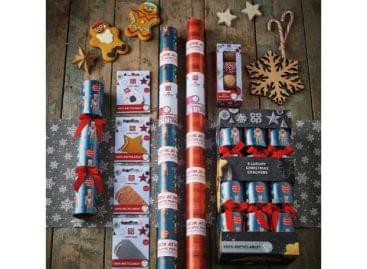Another unpleasant inflation surprise
Despite the expected slight slowdown, inflation continued to rise in February, according to data published this morning by the Hungarian Central Statistical Office (KSH). Consumer prices rose by 0.8 percent on a monthly basis, bringing the annual inflation rate to 5.6 percent after 5.5 percent in January – also higher than expected. The actual figure exceeded both our expectation of 5.2 percent and the market consensus of around 5.3 percent. It is particularly unfavorable that core inflation rose faster than the overall inflation rate, to 6.2 percent from 5.8 percent in January, which also shows increasing price pressure in the Hungarian economy with regard to more permanent inflationary trends – says Orsolya Nyeste, senior macroeconomic analyst.
 Food prices continued to rise in February, with the KSH measuring inflation in this main group at 1.2 percent on a monthly basis and 7.1 percent on an annual basis. In the case of food, further monthly price increases were expected, but the extent is surprising, especially in light of the expansion of the price monitoring system and the government messages sent to retail chains.
Food prices continued to rise in February, with the KSH measuring inflation in this main group at 1.2 percent on a monthly basis and 7.1 percent on an annual basis. In the case of food, further monthly price increases were expected, but the extent is surprising, especially in light of the expansion of the price monitoring system and the government messages sent to retail chains.
The price of services increased by an average of 1.2 percent in a month, within which personal care services increased by 1.6 percent, vehicle repair and maintenance by 1.5 percent, and home repair and maintenance by 1.4 percent more than in January. The price increases at the beginning of the year seem to continue intensively in the case of market services, reflecting the effects of wage increases, recovering consumer demand and generally high inflation expectations.
On the one hand, vehicle fuel prices helped to reduce inflation, the prices of which decreased by 0.9 percent in February, in line with expectations, and the development of clothing inflation was supported by the negative seasonal effect. Household energy prices rose more moderately than in January, by 0.2 percent on a monthly basis.
The new high inflation in February was clearly caused by a further, more significant than expected increase in food prices, which may even lead to new government actions. The continued intensive upward pricing of the service sector is very unfavorable, but this was more or less predictable. The latter is also negative from the perspective that a few months ago the service sector could have been expected to support the disinflation process even more. Instead, the process has turned in the wrong direction again, which is particularly unpleasant from the point of view of monetary policy decision-making and suggests permanently tight monetary conditions. Another significantly negative inflation surprise may necessitate another upward revision of inflation forecasts.
Related news
Apples have become significantly more expensive in Hungary
🎧 Hallgasd a cikket: Lejátszás Szünet Folytatás Leállítás Nyelv: Auto…
Read more >KSH: industrial production decreased by 2.7 percent in October compared to the same period of the previous year, and increased by 0.5 percent compared to the previous month
🎧 Hallgasd a cikket: Lejátszás Szünet Folytatás Leállítás Nyelv: Auto…
Read more >The price of slaughter pigs has decreased in Hungary and in the EU
🎧 Hallgasd a cikket: Lejátszás Szünet Folytatás Leállítás Nyelv: Auto…
Read more >Related news
Even though the price of cocoa has halved, chocolate will not become cheaper
🎧 Hallgasd a cikket: Lejátszás Szünet Folytatás Leállítás Nyelv: Auto…
Read more >Temu is crushing domestic webshops – Christmas won’t change either
🎧 Hallgasd a cikket: Lejátszás Szünet Folytatás Leállítás Nyelv: Auto…
Read more >The Hungarian Food Bank is putting together 44,000 food packages from the proceeds of ALDI’s first Advent market
🎧 Hallgasd a cikket: Lejátszás Szünet Folytatás Leállítás Nyelv: Auto…
Read more >






